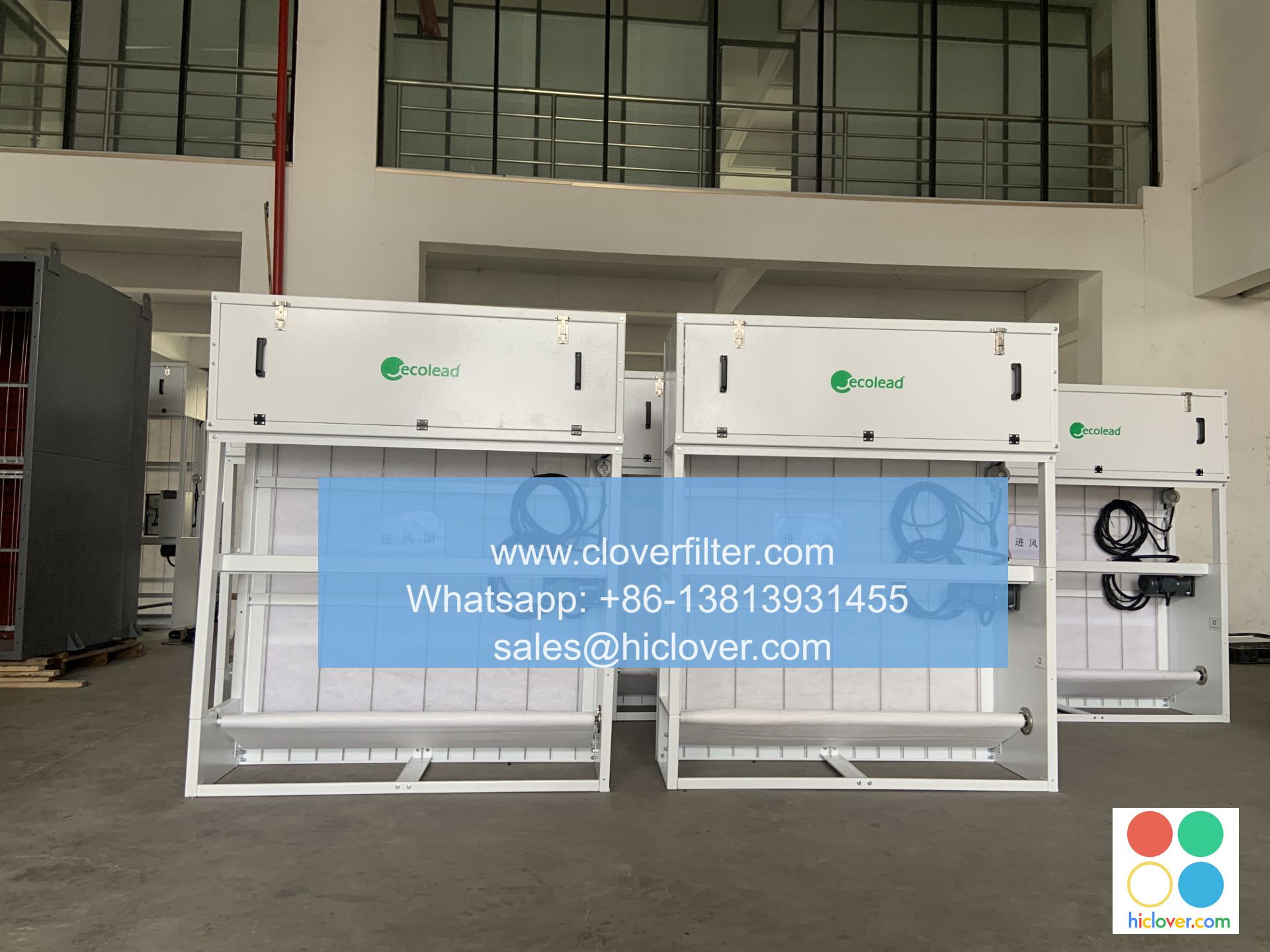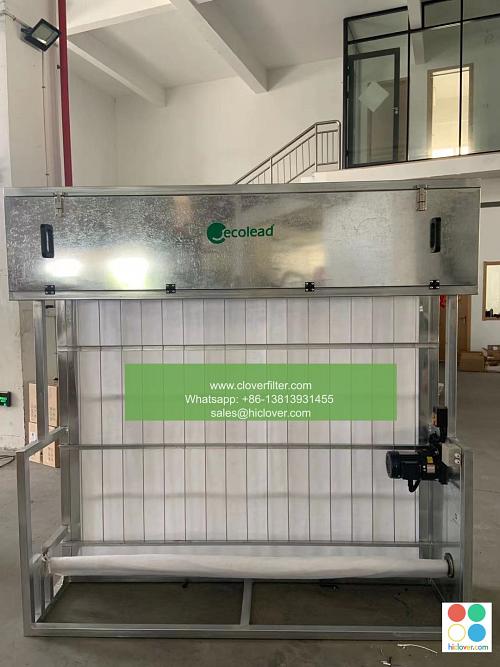Understanding MERV Ratings: A Guide to Air Filter Effectiveness

When it comes to maintaining good indoor air quality, air filters play a crucial role in removing airborne pollutants, allergens, and other contaminants from the air. One key factor in determining the effectiveness of an air filter is its MERV (Minimum Efficiency Reporting Value) rating. In this article, we will delve into the world of MERV ratings, exploring what they mean, how they are calculated, and their applications in various industries, including residential air filtration, commercial HVAC systems, and industrial air purification.
What are MERV Ratings?
MERV ratings are a standard measure of an air filter’s ability to capture airborne particles, ranging from small dust and pollen to larger particles like mold and bacteria. The ratings are assigned by the American Society of Heating, Refrigerating, and Air-Conditioning Engineers (ASHRAE) and are based on the filter’s performance in removing particles of different sizes. The MERV rating scale ranges from 1 to 20, with higher ratings indicating better filter performance.
How are MERV Ratings Calculated?
MERV ratings are calculated based on the filter’s ability to capture particles in three different size ranges:
– E1: 0.3-1.0 microns (e.g., respirable dust, smoke, and viruses)
– E2: 1.0-3.0 microns (e.g., legionella, humidifier fever nuclei, and pet dander)
– E3: 3.0-10.0 microns (e.g., pollen, mold spores, and dust mites)
The filter’s performance is measured using a test duct and a controlled atmosphere, and the results are used to determine the MERV rating.
Applications of MERV Ratings
MERV ratings have a wide range of applications in various industries, including:
– Residential Air Filtration: Homeowners can use MERV ratings to select the most effective air filter for their home HVAC system, helping to remove allergens, dust, and other airborne pollutants from the air.
– Commercial HVAC Systems: Businesses can use MERV ratings to choose the best air filter for their commercial HVAC system, improving indoor air quality and reducing the risk of airborne illnesses.
– Industrial Air Purification: Industries such as pharmaceuticals, electronics, and food processing require high-efficiency air filters to maintain cleanrooms and prevent contamination.
– Healthcare Facilities: Hospitals and healthcare facilities use MERV-rated air filters to maintain high levels of indoor air quality, reducing the risk of airborne infections and ensuring a safe environment for patients and staff.
Choosing the Right MERV Rating
When selecting an air filter, it’s essential to consider the specific needs of your application. Here are some general guidelines for choosing the right MERV rating:
– Low MERV ratings (1-4): Suitable for basic air filtration and removing large particles like dust and pollen.
– Medium MERV ratings (5-8): Effective for general indoor air quality and removing smaller particles like mold and bacteria.
– High MERV ratings (9-12): Recommended for high-efficiency air filtration and removing very small particles like viruses and smoke.
– Very high MERV ratings (13-16): Used in critical applications like healthcare facilities, cleanrooms, and industrial air purification.
– Ultra-high MERV ratings (17-20): Reserved for extremely sensitive applications like pharmaceuticals and electronics manufacturing.
In conclusion, understanding MERV ratings is crucial for selecting the most effective air filter for your specific needs. By considering the MERV rating and its applications in various industries, you can make informed decisions about indoor air quality and maintain a healthy and safe environment. Whether you’re a homeowner, business owner, or industrial operator, choosing the right MERV-rated air filter can have a significant impact on the air you breathe. You didn’t provide a question or topic for discussion. What would you like to talk about?

